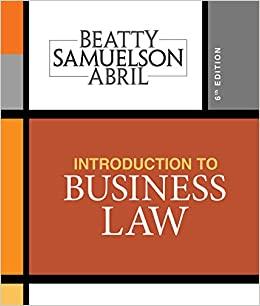

Please help me with this.
the concept of fairness". (1.5 mark) d) Let QADPD denote the quantity bought by Type A consumers in part b, and my FDPD the producer's surplus from Type A consumers in part b. Define similarly Q, and EDPD for Type B consumers. Suppose the seller cannot observe the type of each consumer. The seller makes the following announcement to the consumers: "First, you tell me your type. If it is Type A, I will give you QADPD for a total of maDPD dollars. If it is Type B, I will give you Q5DPD for a total of mgPPD dollars". Find the surplus that Type A consumers receive if they truthfully report their type, and their surplus if they misreport their type as Type B to the seller. (1 mark) Illustrate your answer with a graph (0.5 mark). e) Use your answers in part d to explain why the monopolist's announcement in part d is not incentive compatible. (0.5 mark) Consider the following alternative announcement: "First, you tell me your type. If it is Type A, I will give you QEDPD for a total of r dollars. If it is Type B, I will give you QEDPD for a total of y dollars" Find values for r and y that maximize the monopolist's profits without violating incentive compatibility. (1.5 mark). Find surplus for both types of consumers and compare it to their surplus in part b. (0.5 mark). Find the monopoly profits, and compare to profits in part b. (0.5 mark) f) Maintain the assumption that the monopolist cannot observe the type of each consumer. Use a graph to show that the monopolist can increase their profits relatively to part e with an incentive compatible pricing mechanism different to the one you found in part e. (1 mark)Question 1 (12 marks) A producer is facing the market demand function Qa = 1, 200-(1/2)p for Type A consumers and Q: = 900 - (1/2)p for Type B consumers, where Q. and Q: is total quantity demanded from Type A and Type B consumers respectively, when the seller charges a constant price of p dollars for every unit of output sold. Marginal costs of production are zero. a) Suppose the seller is a competitive firm. Find the competitive price, the total quantity consumed by Type A consumers, and the total quantity consumed by Type B consumers. (1 mark) Find consumers' surplus for both types of consumers, and producer's surplus, and illustrate with a graph. (1.5 mark) b) Suppose the seller is a monopolist practicing first-degree price discrimination. Find the monopolist's profits for each type of consumer and calculate producer's surplus (1 mark). Illustrate your answer with a graph. (0.5 mark). Find the total quantity consumed by Type A consumers, and the total quantity consumed by Type B consumers (0.5 mark). Find surplus for both types of consumers (0.5 mark). c) Compare total surplus (i.e Consumers' + Producer's surplus) in part a, to total surplus in part b. Based on this observation, explain whether you agree or disagree with the following statement, and why: "The concept of Pareto efficiency has nothing to do with










